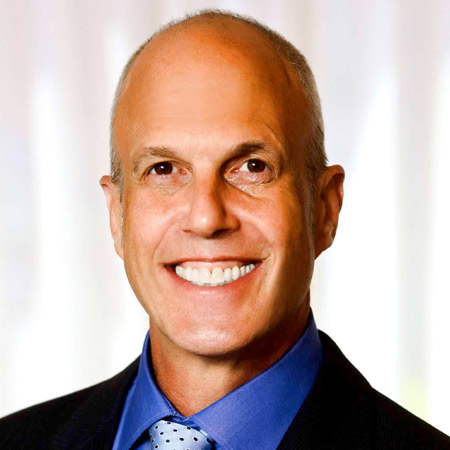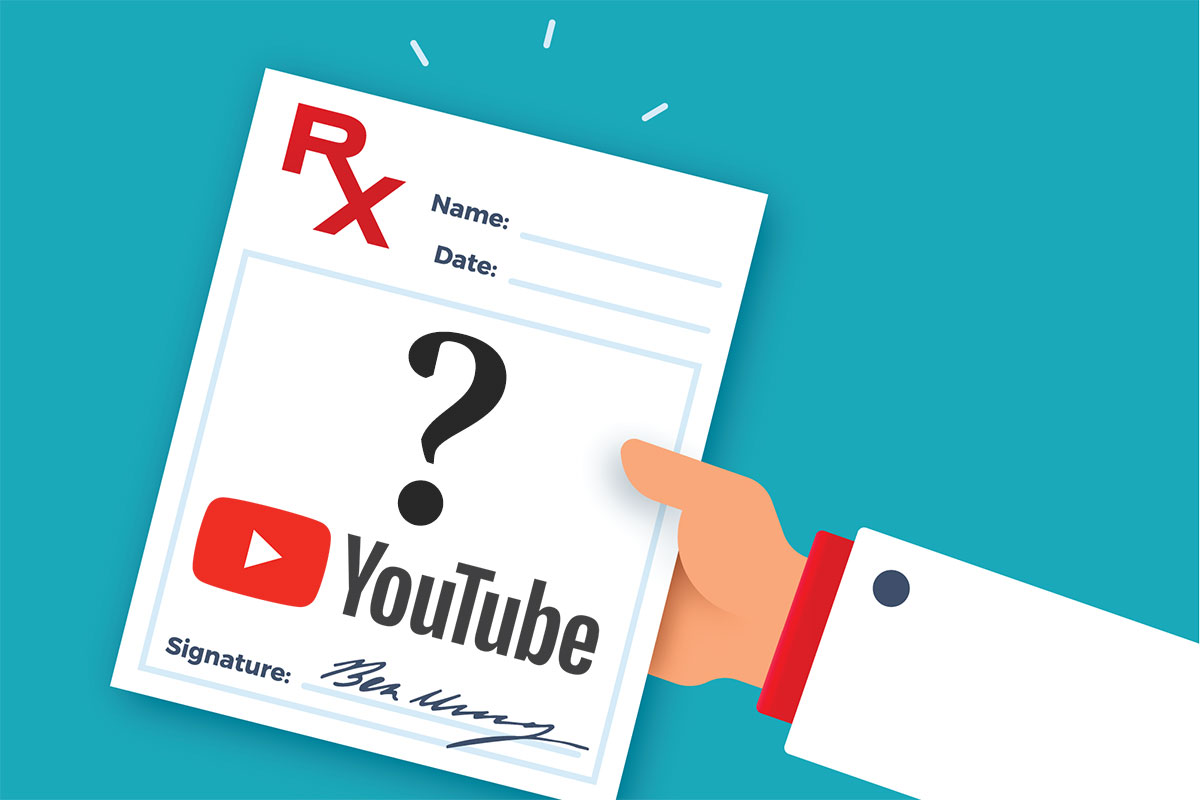Three months into the global COVID-19 pandemic, the lone approved treatment for the virus only shortens hospitalizations for some patients, and the best candidate for a vaccine is still months from deployment. Changing people’s behaviors is the closest thing to a magic bullet.
Which makes YouTube a potentially effective public health venue, concludes a new research report published by a team led by TC’s Charles Basch, Richard March Hoe Professor of Health and Education, and coauthors in JMIR Public Health and Surveillance.
Their logic is simple. Right now, prevention is the best and only cure for the virus, which as of May 2nd has infected more than 3.3 million people worldwide and killed nearly 240,000 — including more than 65,000 in the United States. The best strategies for not getting sick are those recommended by the U.S. Centers for Disease Control and Prevention (CDC): frequent handwashing, avoiding close contact with others, covering your mouth and nose with a cloth face cover when around others, covering coughs and sneezes with a tissue or the inside of your elbow, and cleaning and disinfecting touched surfaces daily.
YouTube is one of the most effective means for increasing awareness and interest in community mitigation of COVID-19, not only because of its widespread reach but also because many vulnerable people...may have low levels of literacy, which makes reading and deciphering behavioral recommendations described on websites difficult or impossible.
Unfortunately, not everyone is aware of or understands those directives — and YouTube is ideally suited to change that picture, the authors argue. Between late January and mid-March, they found that viewings of a sample of COVID-related videos on YouTube rose from 125 million views to more than 355 million views.
That “dramatic increase… demonstrates the incredible reach of YouTube for communicating and mobilizing the public about community mitigation as a means to reduce mortality from the COVID-19 viral pandemic,” they write. Another important finding was that while none of the most widely viewed videos in January were uploaded by the entertainment industry, in March the majority of videos and majority of cumulative views were garnered by videos from entertainers. Furthermore, information on YouTube is pitched toward a lay viewership. “YouTube is one of the most effective means for increasing awareness and interest in community mitigation of COVID-19” the new report states, “not only because of its widespread reach but also because many vulnerable people within the population may have low levels of literacy, which makes reading and deciphering behavioral recommendations described on websites difficult or impossible.”
[Read the new report by the Basch team. The reports other coauthors are TC alumna Corey H. Basch (M.A. ’09, M.A. ’06, Ed.D. ’03, M.S. ’01), Professor and Chair of Public Health at William Paterson University; TC alumna Grace C. Hillyer (Ed.D.’11), Assistant Professor of Epidemiology at Columbia University Medical Center; and Christie Jaime, a faculty member at William Paterson University in New Jersey.]

WATCHING THEIR LANGUAGE Basch and his colleagues have extensively monitored the information offered by online health channels. (Photo: TC Archives)
However, the messaging on YouTube hasn’t focused sufficiently on prevention. An earlier report released by Basch and his coauthors found that fewer than one-third of the 100 most widely-viewed YouTube videos on COVID-19 cover any of the key CDC-recommended prevention behaviors. The new report finds some improvement, but less than half of the videos covered any of the key prevention behaviors. A key recommendation by the Basch team is that “in addition to holding regular press briefings covered by national news, public health officials may be able to achieve our collective goal of community mitigation by appearing on entertainment television and communicating clearly about the specific behaviors that people must practice to protect themselves, their families, and their communities, especially the many health care professionals and essential workers placing themselves at risk to care for others.
“We believe YouTube can play an important role in achieving that goal,” the authors conclude. “Such communication should be a key element of a comprehensive national (and global) strategy for educating, mobilizing, and engaging the public to adopt and practice behaviors for community mitigation.”
— Joe Levine
